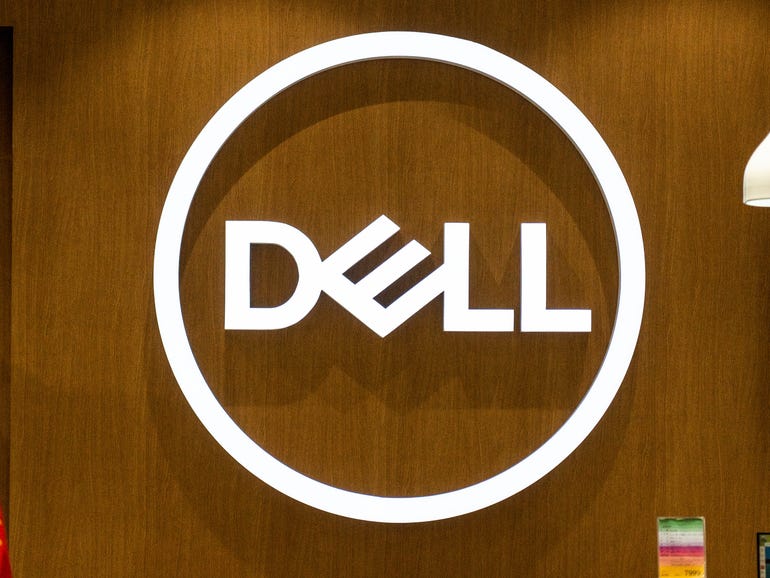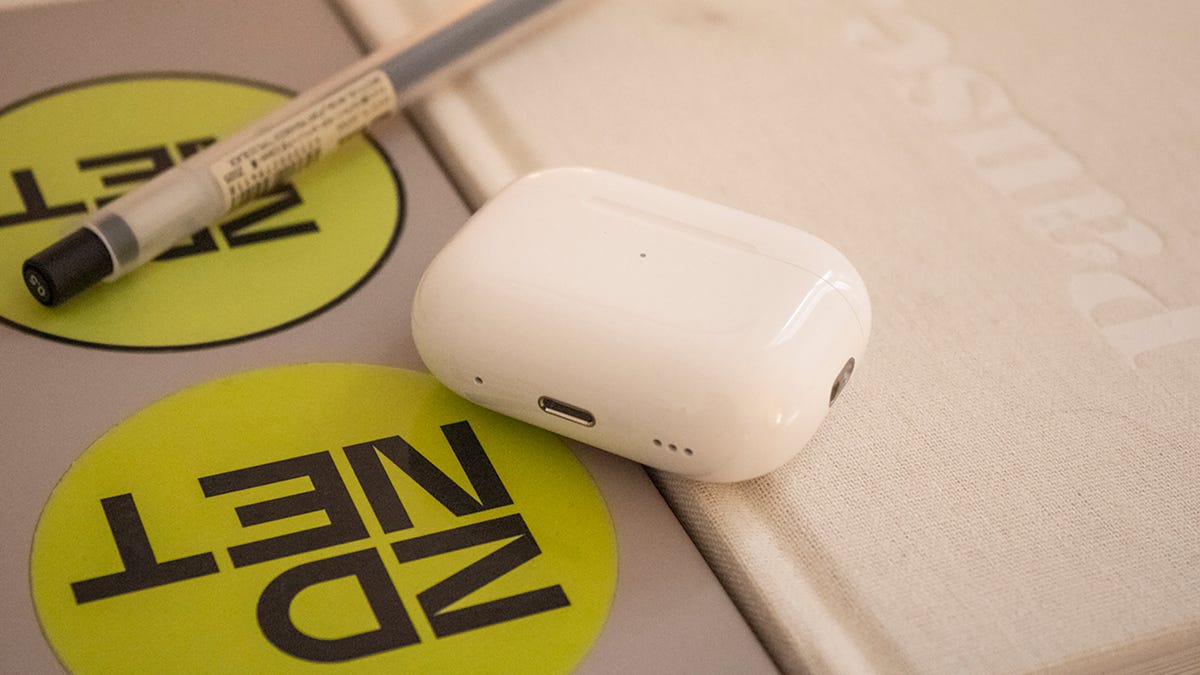Dell’s hybrid work concepts declare war on wires
CES 2021 was rife with initiatives to juice more performance ever out of PCs, particularly in doing so power-efficiently. But while there were signs of form factor experimentation, particularly from ASUS and Lenovo following each others’ leads, the former with the
17″ ZenBook Fold
and the latter with the dual-screen
ThinkBook Plus
integrating two interior color displays. But some of the more intriguing variations on PC evolution came a were introduced a few weeks before CES from Dell. At the same time, they are not products, at least not yet; they range from the feasible to the fanciful as ways to address the flexibility demanded by hybrid work.
A cam that can
Webcams have become a hotbed of renewed interest among PC and accessory companies ramping up features such as resolution and AI-based color correction and framing. It’s also ramped up the level of interest in addressing old problems, such as improving the illusion of eye contact when one is facing the screen and not the camera. Indeed, while much of the work in improving under-display cameras, which must navigate the has focused on optimizing smartphone screen aesthetics uninterrupted by notches or punch holes, Microsoft recently shared that it is working overcoming the challenging solution that harnesses both topics and computation — in the hopes of embedding cameras in the center of a laptop’s display for more natural-looking video chats.
(Indeed, with PC webcams typically serving more utilitarian goals than the memory-persevering front-facing cameras on smartphones and the promise of greater virtual connection outweighing that of notch-nixing, there’s a stronger incentive to implement such technology in laptops versus smartphones — even as a handful of smartphones have beaten laptops to the punch with under-display cameras.)
See also: Best webcam: Top choices for WFH video calls
In any case, in advance of such technology, a few products such as the crowdfunded
Center Cam
have sought to put the camera in front of the display to create better eye contact over video chat. Dell’s Concept Pari takes that forward several steps. Mounted atop a monitor in a traditional webcam position where it could be charged, it could also somehow attach magnetically to the center of a screen for video chat as well as be detached and, for example, aimed downward to scan a document or stream some doodling. Concept Pari would make the most sense on a desktop monitor where it could draw power for charging; its ability to be used mid-display would correct the more egregious misplaced focus that comes with taller screens. However, the scanning scenario, while useful, is handled well by smartphones today.
A wireless workspace
Dell’s Concept Flow attacks an old holy grail, the wire-free workspace. In Dell’s demo, a laptop placed indiscriminately on a desk immediately not only starts charging but also starts sending video to a full-sized monitor. The magic in this demo comes from the lack of intervention and the freedom from having to plugin. There are already some early steps that have been taken toward this. Lenovo, for example, offers a
wireless charging bar for PCs
that the company has expanded to include smartphone charging. But for the Dell scenario to work, an entire desk surface would need to be able to provide a charge upon contact, ideally with enough power and reliability to also power the monitor and keyboard. The last major ingredient is the wireless video, which could be handled by Wi-Fi 6 or 7 as the speedy, close-range 60 GHz version of the standard has not seen much adoption.
The GOAT for notes?
Concept Stanza. While Concept Pari and Concept Flow work within existing form factors, Dell offered a potentially new kind of device with Concept Stanza, a slim, connector-free slate optimized for taking notes. It’s unclear whether the device would run Windows or Android, which Dell abandoned years ago; regardless, it might be optimized for a single app. Stanza features a magnetically attached stylus that doubles as a microphone for dictation. In addition to being optimized for note-taking, it can also round-trip, or at least markup, Office files.
See also: Best Android tablets
Concept Stanza is something like a color version of the
reMarkable tablet
with its appliance-like focus. However, its intelligent note-taking tricks come courtesy of a collaboration with MyScript, which has developed the technology behind its own Nebo and other note-taking apps. Concept Stanza offers a far more streamlined option than wrangling OneNote on a
Surface Pro
or other Windows app. That said, it would have to displace the multifunctional
iPad
or an Android tablet such as
Samsung’s stylus-savvy Galaxy Tab
as today’s de facto digital pads for scribbling.




